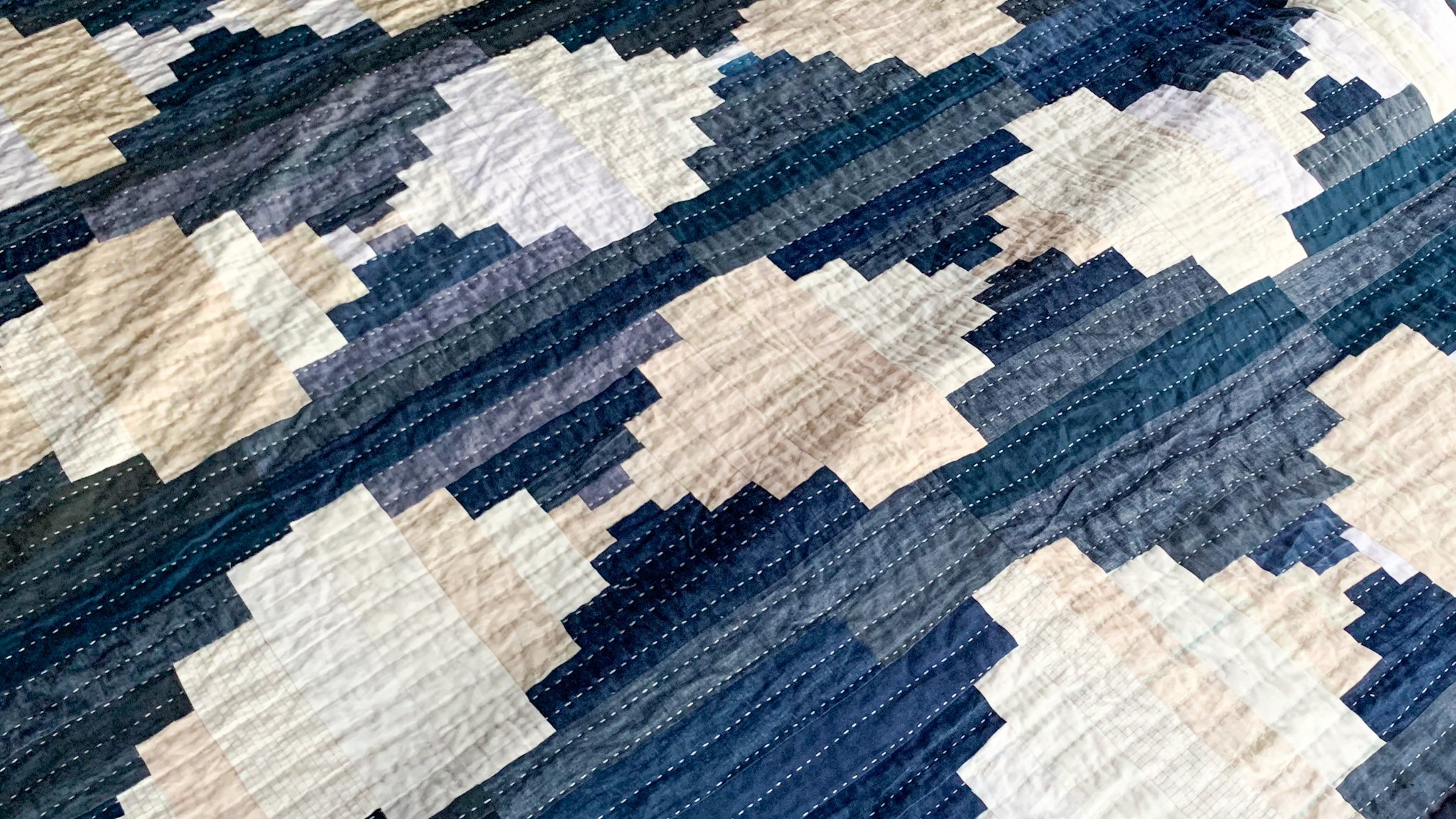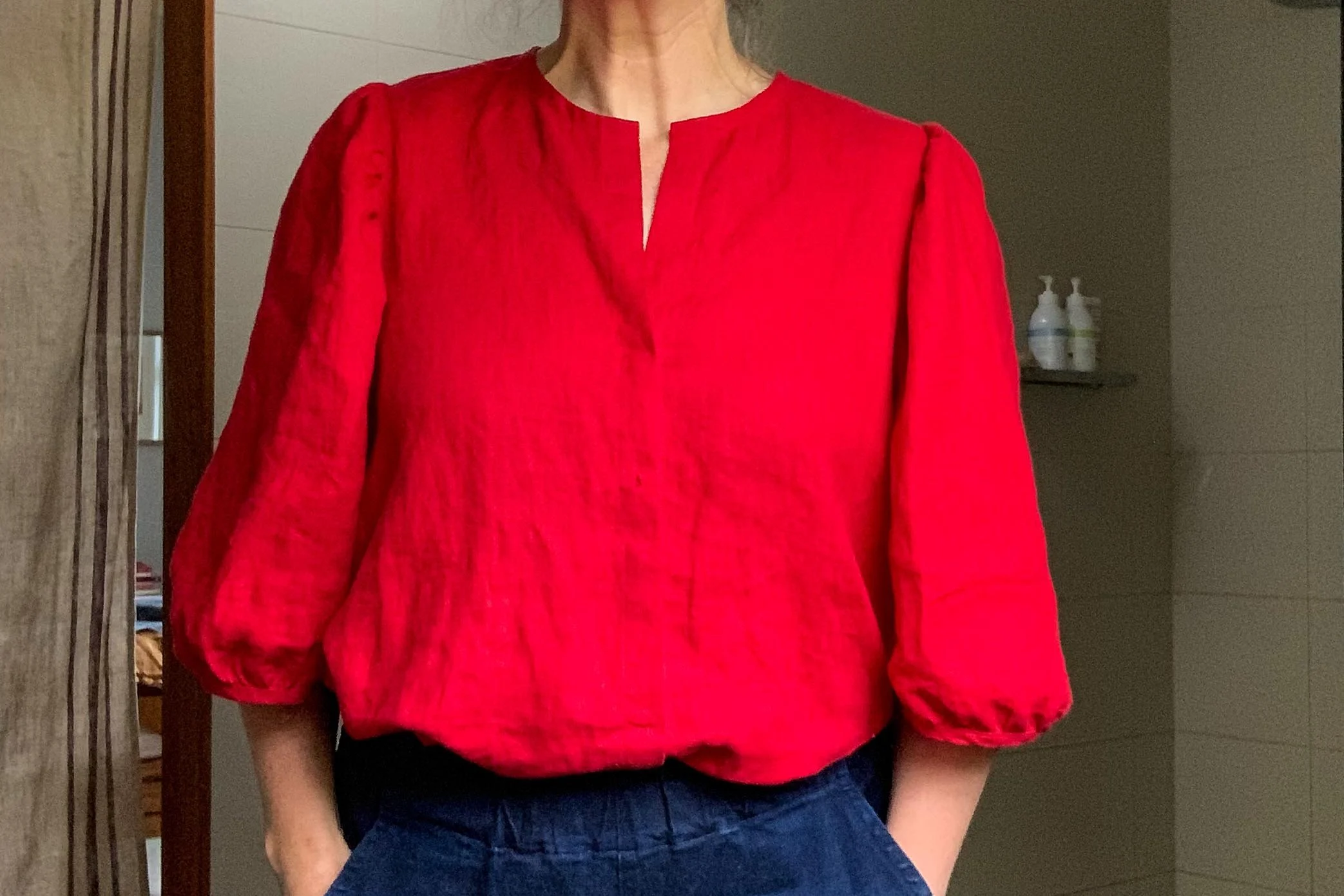So I've just had a bit of a sabbatical. Those of you reading this here blog for a long time will know that it happens about once a year. I don't even really know it's going to happen. I just can't write; I feel flat, have no motivation and no words. So I skip a post and then another. This one lasted two weeks.
Often this darkness of the spirit has to do with winter, cold days and a busy house, and me feeling a little overwhelmed by the ongoingness of life. I run out of ideas and feel like I have nothing at all to contribute. Nothing to say. And that there is no point to saying it. Things get a little melodramatic, dark and grim. And also tellingly I start feeling a little exposed. I get to feeling like I've shared to much, rambled to much, gone on about stuff too much. I simply feel like hiding.
Counter-intuitively one of the signs things are heading this way is that I start engaging in a lot of off-piste, off-list craft. I begin lots of random craft based on how I feel in a given moment. Projects that are exciting, but involve lots of headspace as they are creativity-driven projects, not simply comfort craft.
While this sounds good in theory, with hindsight it's clear that I start mass-creating as a distraction to the flatness I'm feeling. However creating like this results in stress, as I start lots of hard things all at once, adding to the feelings of life-overwhelm.
For example a few weeks ago, I decided it was a good idea to create five frocks at once. A kind of upping-the-ante that means that I end up procrastinating due to overwhelm, and feeling stressed. At the same time within the space of a week, I also started an improvised sweater for me, a hat, a scarf, a sweater for my brother and another sweater for me. Sounding a little bit much, eh?
After years of doing this blogging gig though, I now know that the not-being-able-to-write will pass if I don't stress about it and just go with it. I've learnt that part of the solution is to watch the darkness start and then run with it. Don't fight it but actively seek to pull back. Find myself a metaphorical cave to hide in and get a little quiet.
So practically what to do? Well after finally figuring out I was "in" it, I turned off my email notifications, got off the internet and didn't really visit Instagram. I stopped listening to podcasts and started listening to music. I made sure I was exercising and took up a spot of drinking. I ate chocolate, sewed a little and I watched TV. I slowed down and got quiet. And intentionally decreased the number of obligations I had - to myself but also to others. I cut myself some slack.
This also was true of my craft. Once I start a project it begins to feel like an obligation to me - I feel obliged to get it done. So I intentionally I pulled back on my crafting.
I pared my knitting projects back by pulling out a couple of things I'd just started, to decrease the overwhelm of too many things on the go. I concentrated on getting the frocks made (four down, one to go), and I put all the harder projects to one side. I didn't mend. I also put aside the complicated, improvised head-based knitting (like the improvised colourwork sweater) and focused on comfort craft destined for other people.
The old trick of turning your darkness around by focusing on someone else, worked really well for me this time. I decided to really concentrate on two knitting projects - both for people I love, both stocking stitch, both other people's patterns. And it really worked. It was comforting and simple. Decreasing the overwhelm one stitch at a time, by thinking about the people I was making for, rather than my darkness. Yay.
And the cloud shifted in two weeks. Quicker than it has before which I feel has to do with the fact I went with it so willingly this time. I didn't try to force myself to post through it.
I found this Tim Ferris blog post - that talks about a deloading phase to get ready for the next big push - that I also found helpful. It feels a little like that is where I'm at.
As I sit here this morning I've actually written three posts in a row. Fingers clacking and out of nowhere. I feel like I have so much to share with you all. I am forgetting post ideas as fast as I'm coming up with them. Happy days.
Thanks for bearing with me and I'll see you tomorrow with a post about a cool social enterprise, and then later this week with some exciting TCS news.
I'd love to hear about how you use craft for your darkness.
Felicia x
PS. Last week I talked about a podcast with Paulo Coehlo but forgot to add the link. So here it is. Also on the Tim Ferris podcast - he gets great guests!
























